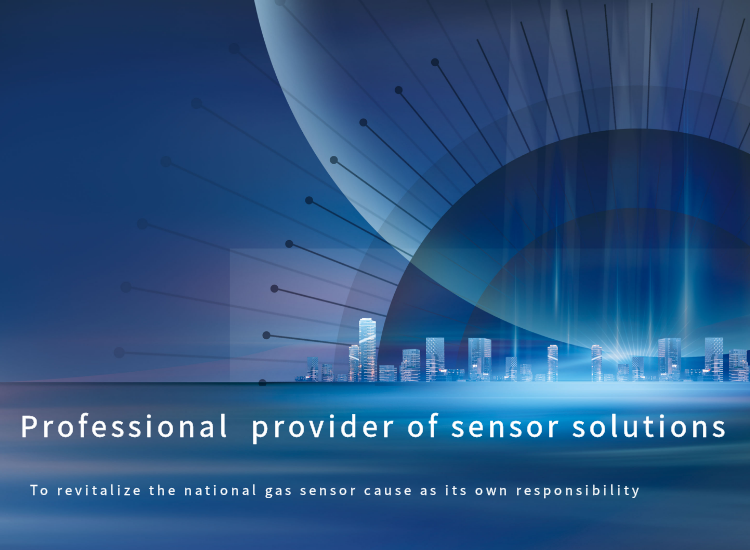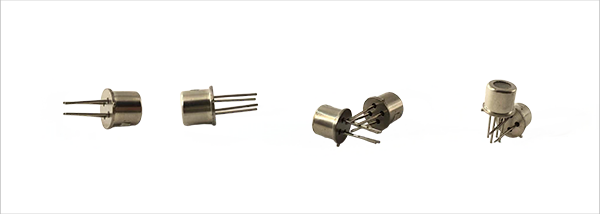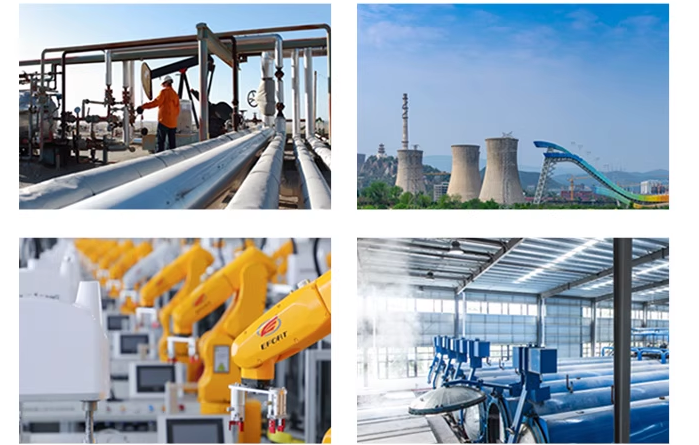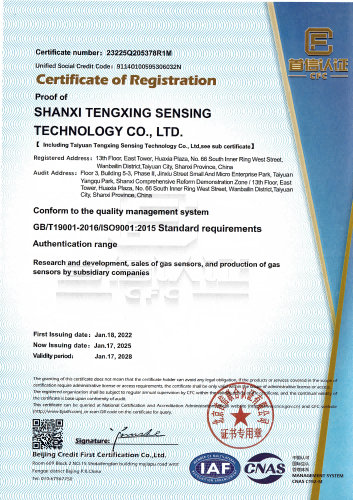

 Products
Products Refrigerant Sensor
Refrigerant Sensor
Planar semiconductor sensor for measuring freon
Application:
Refrigerant gas detection devices for home and environment, etc.Product characteristics:
This product has high sensitivity to refrigerant gasDescription
The MQ-5110 refrigerant gas sensor adopts a multi-layer thick film manufacturing process. A heater and a metal oxide semiconductor gas-sensitive layer are made on both sides of a micro Al2O3 ceramic substrate and packaged in a metal shell. When the detected gas exists in the ambient air, the conductivity of the sensor changes. The higher the concentration of the gas, the higher the conductivity of the sensor. A simple circuit can be used to convert this conductivity change into an output signal corresponding to the gas concentration.
Product images

Technical specifications
Model | MQ-5110 |
Sensor type | Semiconductor flat surfaced sensor |
Standard encapsulation | Metal cap |
Detection gas | Refrigerant,benzene,alcohol &etc |
Detection range | 10~1000ppm |
Standard circuit | Loop voltage(VC): ≤24V DC Heating voltage(VH):5.0V±0.1V AC or DC Loading resistance(RL):Adjustable |
Sensor features in standard test condition | Heating resistance(RH):90Ω±10Ω(room temperature) Heating consumption(PH):≤300mW Surface resistance(Rs):30KΩ~200KΩ(in 100ppm refrigerant) Sensitivity(S):Rs(in air)/Rs(in 100ppm refrigerant)≥3 Concentration slope(α):≤0.65(R200ppm/R50ppm refrigerant) |
Standard condition of test | Temperature,humidity;20℃±2℃;65%±5%RH Standard test circuit: Vc:5.0V±0.1V;VH:5.0V±0.1V Warm0- up time: Not less than 120hours |
Life span | 10years |
Long-term stability
All tests in the figure were completed under standard test conditions. The horizontal axis is the observation time and the vertical axis is the VRL value.
Basic circuit
Storage time and corresponding aging time
Storage time | Recommended aging time |
Within 1 month | no less than 48 hours |
1-6 months | no less than 72 hours |
6 months and above | no less than 168 hours |
Application
The product is suitable for Freon gas detection devices in homes and environments.

Production workshop

Certificate Qualification

TenSensor, China's first listed gas sensor company,Tensensor can provide more than 100 varieties of six series including:
semiconductor gas sensor
electrochemical gas sensor
infrared gas sensor
dust sensor
pyroelectric sensor
thermopile sensor, etc.
which can be used for more than 200 kinds of gas and infrared, dust and other indicators detection, widely used in the field of security for detecting gas leakage, noxious gas leakage, smog and fire, the field of family, office and factory for detecting HCHO, VOC, CO2, PM2.5 and so on.
Moreover, the solutions for security, household electrical appliances, consumer electronics, smart home, instruments and meters are available.
For more information about MQ-5110 sensor, please contact account manager.
TEL:0086-0351-5249552
Whatsapp:+86 18335818384
Email:[email protected]
Request Consultation